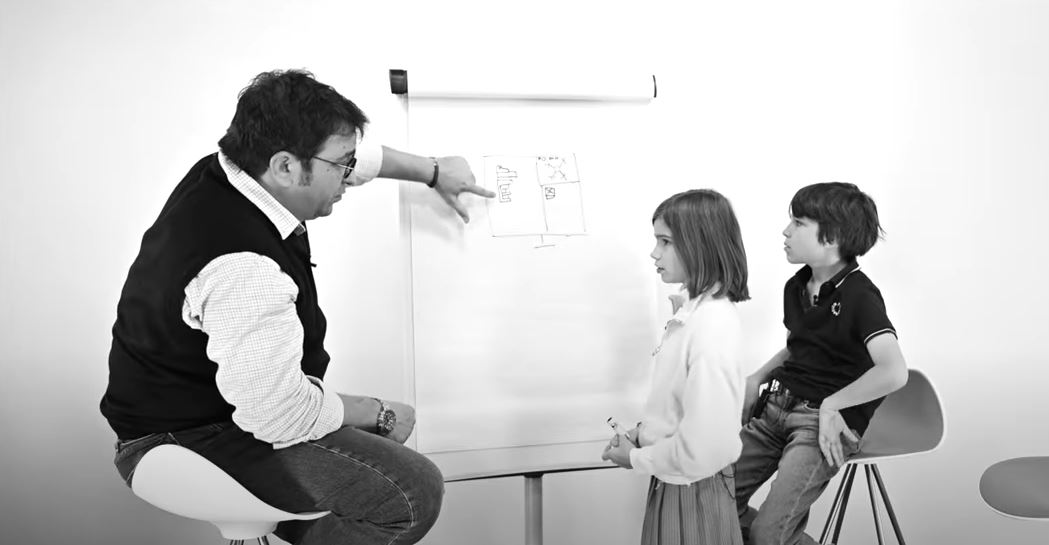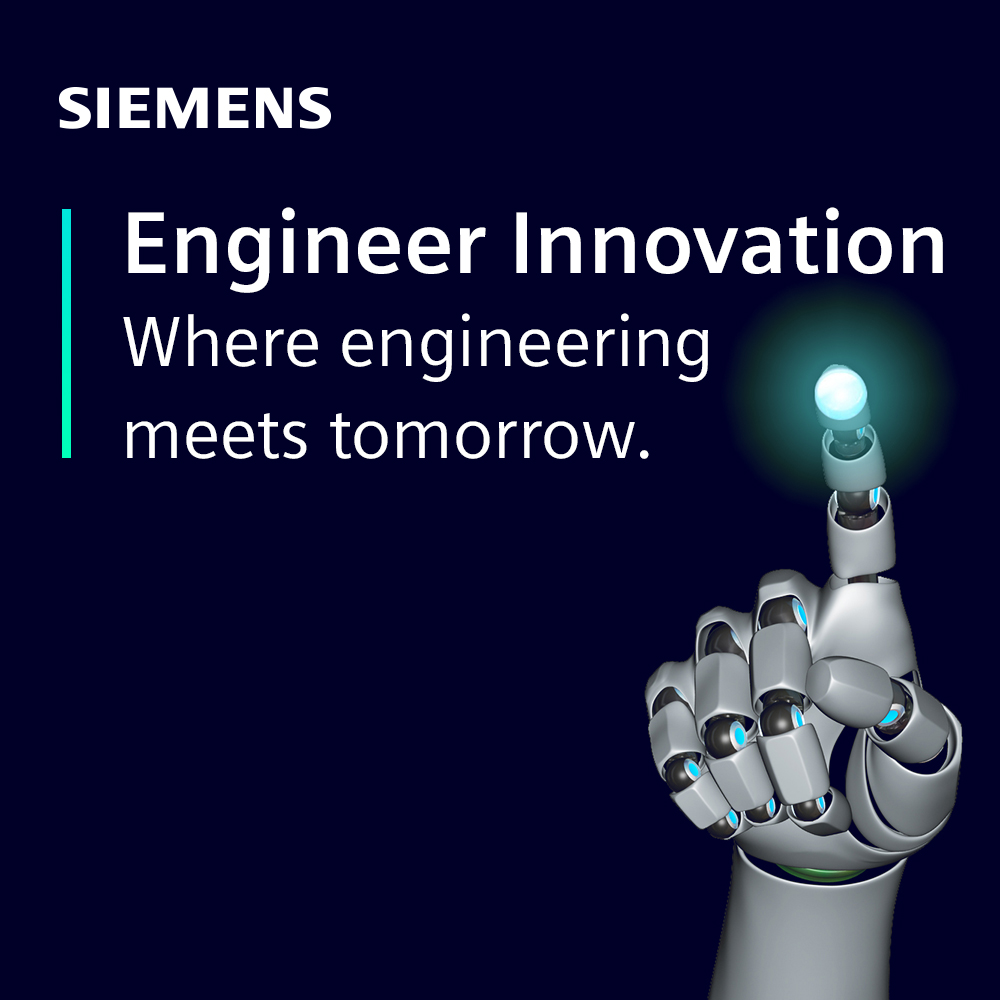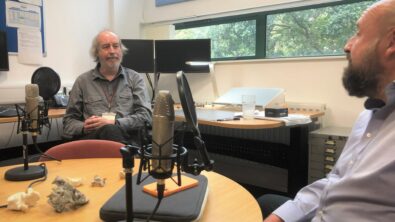Are drones helping to deliver lower carbon emissions? (Episode 8)

Unmanned aerial vehicles (UAVs), more commonly referred to as drones, have a long history of use by military forces for combat and reconnaissance missions. However, in the mid-2000s, alternative uses started to be explored. Interest, amongst many new drones, started to soar. And not just for recreational usage.
Drones can bring medication or other life-sustaining supplies for critical emergency relief due to natural disasters or quickly reaching remote areas that terrain vehicles cannot. Mining, construction, and agriculture companies -amongst many other industrial segments – use drones for surveying and monitoring. If you want to learn more on how diverse their mission profiles have become, I suggest reading 38 Ways Drones Will Impact Society: From Fighting War To Forecasting Weather, UAVs Change Everything.
How do drones help fight climate change?
Consider the following, taken from a press release by the Federal Aviation Administration (FAA)
Deliver packages: With major corporations like Alphabet, Amazon and UPS exploring the possibilities, commercial package delivery is one of the more prominent drone use cases — and one the FAA tested in its UAS Integration Pilot Program. Delivery packages via battery-powered drone would reduce the use of fossil fuels and curtail carbon emissions. The RAND think tank estimated that nearly 47 gallons of diesel fuel could be saved by shifting 20 percent of deliveries from trucks to drones.
Can drones have such a significant impact on carbon emissions? Are there other ways they can help reduce greenhouse gases? We asked David Almer, Portfolio Development Executive at Siemens Digital Industrial Software. He recently participated in our Bring your kids to work video series with his children Mateo and Margot. They discussed how drones are part of the solution for more sustainable transportation:
In this episode of Engineer Innovation, we explore the topic further with David and try to answer the question, are drones helping to deliver lower carbon emissions?
- How drones can help reduce carbon emissions
- How different mission profiles impact drone design
- What barriers are slowing the adoption of drones for delivery and transportation
- How inspection and monitoring of equipment by drones is helping green power generation
[00:00] Chad Ghalamzan: Hello, I am Chad Ghalamzan, your host for this episode of Engineer Innovation. Continuing with our theme on how to engineer a more sustainable world, we’re going to be talking about unmanned aerial vehicles or drones. Can they help deliver lower carbon emissions? And if yes, how? Join me as I talk with David Almer, Portfolio Development Executive at Siemens Digital Industries Software about this very exciting talk. Can you introduce yourself and what your current role at Siemens Digital Industries Software is?
[00:40] David Almer: My name is David Almer. I am having the role of Portfolio Development Executive for Model-Based Systems Engineering in Siemens, based on the European and Middle Eastern African market.
[00:46] Chad Ghalamzan: And what does a Portfolio Development Executive do exactly?
[01:02] David Almer: That’s a good question because Portfolio Development is quite important in the Siemens organization since Siemens is delivering a huge number of technological products to the market, and then the Portfolio Developer’s role is to identify what is the best product that suits a specific need of the customer.
[01:21] Chad Ghalamzan: So, we’re talking today because you and your children joined in our “Bringing Your Kids to Work” series. What made you decide to participate?
[01:30] David Almer: This is a super interesting question, Chad, because I invited the kids to this initiative since many people do not know exactly what Siemens is achieving or what Siemens is delivering in the market, especially at the level of “digital industries software.” So, then I want the kids to explain, from their words, from their point of view, what we are delivering or what they understand we are delivering to the market in a very simple way. And then I realized that this is not that simple, so the kids already have a huge amount of information in their heads that they are delivering with simple words. It was an excellent exercise for them.
[02:14] Chad Ghalamzan: And this series focused on sustainability as well. Was that important for you?
[02:21] David Almer: Yes, because, like I said before, in this digital transformation, sustainability is a key factor. We are being challenged today, reducing energy or being more efficient in terms of energy, and having a lower footprint.
[02:41] Chad Ghalamzan: And obviously, sustainability is important for future generations like our children.
[02:46] David Almer: Yes. I think they are very sensitive at a very early age. I was surprised how they come up by themselves from this ecological or sustainable point of view of technology development. So, we were discussing drones. And then, rapidly, we were asking them why drones could be important. And rapidly, they went by themselves to reasoning very simple reasons as less traffic, I remember, or lower environmental footprint. They said about less energy to transport or to delivery packaging. So, they were consciously very sensitive to sustainability.
[03:37] Chad Ghalamzan: I’d like to talk about drones in a second, but I think it was your daughter who even mentioned that simulation is more sustainable because it leads to less waste because you do less test and build, which I thought was quite an interesting insight for someone who doesn’t work in our space to have just by exploring the topic by discussing it with you.
[04:01] David Almer: I’m often surprised with kids because, in my case, when we were recording this several weeks ago, they were eight and 12. At this age, these guys are already making codes and they are already making models. So, they are starting programming and coding much earlier than what we did. And then they have a culture about modeling and then to use models instead of a real test or the real benches at a very, very early stage. For them, it’s already something down in their head, so they already assume that in order to develop a product, the first step they need to do is not to make a prototype but to make models directly.
[04:50] Chad Ghalamzan: What was the interest though in unmanned aerial vehicles, or drones in your case? What sparked your interest in this topic?
[04:58] David Almer: Personally, I have a small drone. So, I started with a small drone two years ago with a very low-resolution camera. And then it’s like you start with a small one, and then you are getting more and more interested in drones. Now, I have a huge drone with a very high-fidelity camera, but obviously, we have some legal restrictions to fly everywhere. But yes, I’m very interested in that work.
[05:26] Chad Ghalamzan: And is that something you do with your kids? Do you fly drones with your kids?
[05:29] David Almer: Yeah. There is one of them, the younger one, he’s really fond of drones.
[05:35] Chad Ghalamzan: When we talk about sustainability, usually, we look at direct reductions of carbon emissions with the goal of reaching net zero by 2050. Drones don’t necessarily produce carbon emissions, they’re battery-powered or they do not directly create emissions from the tailpipe like a vehicle does. But we are looking at drones in sustainability, why? What’s the connection here?
[06:03] David Almer: There are many topics why a drone is helping sustainability, it’s helping also the environmental impact. The first thing when we are developing drones, we should not think that they are completely carbon-free because we need also to take into account the carbonization of the development of the drone — so, not when the drone is in usage, but in the development phase. This is important also because even when we are making simulations, when we are modeling, or when we are doing product development, there is a footprint in terms of carbonization.
[06:43] Chad Ghalamzan: So, the hidden carbon cost embedded in everything we manufacture?
[06:46] David Almer: Exactly. Carbon cost on manufacturing and on product development. So, this is something that we need to take into account and that, in the future, certifications and regulations will have an impact or will have a deep look at what’s going to be the footprint of carbon costs during the phase of manufacturing and the phase of product development. Now, when we are talking about drone use, it’s having a very low cost in terms of carbon because when we’re talking about electrical motors, the cost only appears in batteries or charging batteries. And then it’s replacing certain types of activities that we were doing before with high-costing carbon. So, for instance, the delivery packaging was done through heavy trucks. Now, the drone, as it is an electric energy powered technology, so then the carbon cost is going to be decreased.
[07:51] Chad Ghalamzan: I think the Federal Aviation Administration released a memo earlier this year, they wrote: Delivery packages via battery-powered drones will replace the use of fossil fuels and curtail curb carbon emissions. The [08:05 inaudible] Think Tank estimates that nearly 47 gallons of diesel fuel could be saved by shifting 20% of deliveries from trucks to drones. So, there is a measurable impact by doing this. But what are the barriers here? Why are we not seeing less trucks on our streets and more drones in the air?
[08:26] David Almer: That’s a very gonna be one. I think that we are in this transformation; first of all, because there is an existing activity that we cannot replace from day to night. We’re having a certain activity on the heavy-duty trucks, so we need to maintain this activity, and then we cannot change it in one shot from one side. So, there is a second thing; we need to adapt or we need to enhance the technology of our drones to accomplish exactly the mission we want them to accomplish. Typically, there are different programs in the world; drones for packaging delivery, where we want the fleet of drones to deliver the package like the big distributor of packaging in the cities. So, today, there is a certain number of regulations that cities do not allow drones to fly everywhere, as well as we cannot make drones fly nearby airports for security reasons, which makes a lot of sense. So, we are in this transition between the classical technology that somehow we need to maintain because there is a certain number of activities linked to the classical way of doing things to adapt to the new technologies that are going to come.
[09:53] Chad Ghalamzan: What do you feel is holding back the transition from the drone technology side?
[09:59] David Almer: Drone technology I think is quite mastered. It depends on the type of drone. At first, we need to understand that there is a large variety of drones in order to achieve a specific mission. I’m going to have small drones that can carry a small weight to make inspections to bring cameras, so I’m going to develop bigger drones with a higher possibility to carry weight for delivery packaging or for delivery people to different places. The first thing that we used to do when we start developing a drone, it’s to define what are the mission profiles that the drone needs to achieve. So, in most cases, we do it through a system simulation or with a CFD simulation depending on the type of capabilities we want the drone to have.
[10:53] Chad Ghalamzan: So, that’s the weight of what the cargo or the target item is, it’s the distance it must travel. So, there are lots of factors that go into the mission profile.
[11:03] David Almer: The mission profile, it’s the scenario or the pattern we want the drone to achieve. Obviously, to this pattern or to this mission, we need to take into account what’s going to be the range of the battery in order to make the round-trip or in order to make a specific circuit. We need also to understand how many electrical motors or what is the maximum weight we can carry for a specific charge of the battery. There is a number of variables that we need to take into account at a very high level, a holistic level, in order to make the pre-design of the drone. And then with our current CMS technologies, we are doing at the level of system simulation. Once we achieve this level of pre-design or pre-sizing, we are going to go to the detail of the different components with more technologically advanced software or authoring tools like computational fluid dynamics for the plates of the rudders, we are going to electromagnetic simulation for the inside of the electric motor, or we are going to the scenarios of charging and discharging the battery so then [12:16 inaudible] battery design capabilities to achieve this more detailed simulation.
[12:24] Chad Ghalamzan: What about noise pollution? What about the noise that these jobs create? Are there certain jurisdictions or certain usage where that’s a factor?
[12:32] David Almer: That is a good one because there are a lot of regulations and certification due to noise; it’s a very big concern. We do not want drone to be an issue for people. We want to have a silent object flying over our heads. And then there are possibilities to make a simulation of noise, so there are some acoustic solvers that predict the noise beforehand. But this is constrained to very strict regulations. In the end, what we are going to use is test equipment. We are going to use sensors to measure decibels, to measure noise, in order to understand if our drone is going to achieve or not, if it’s going to have conformity under regulations.
[13:28] Chad Ghalamzan: Inspecting solar cells and wind turbines — that seems to be another popular application. How do drones assist with this, and what’s the benefit of using drones versus the conventional methods that we’re using now?
[15:00] David Almer: We were making inspections in the past and we’re still making inspections of pipelines, [13:49 inaudible] fields, or wind turbines by having personnel going on site and then making a specific test on the pipeline, the solar panel, the blades of the wind turbine or the wind turbine itself. The benefit to having a drone, first, if I think the example of the pipeline, we will be able to inspect kilometers and kilometers of pipeline in a much faster way than what we are doing by sending personnel to the field. We are also changing the way we’re making the inspection because before we were having visual inspections done by humans. Now, we are going to do this inspection through cameras. So, this helps us to develop the camera technology embedded in the drones without changing our processes. So the same thing could happen to the wind turbines and the solar panel fields or farms. If I go to the example of the wind turbine, it’s going to be much easier to have a drone inspecting the blades rather than to have one person that needs to get into the wind turbine.
[15:24] Chad Ghalamzan: Especially since there’s a trend now to put wind turbines in places like the ocean or places that are not easy for necessarily a human to go and inspect. So, I guess there’s a safety and cost aspect that this opens up. And having more reliable options for inspection means that technology will hopefully have higher levels of penetration and we’ll see more sustainable wind turbine energy coming.
[15:25] David Almer: We do not have only air drones, but also we can have water drones that are coming more important, especially for the bottom part of the pillar of the wind turbine. But if the wind turbine is an offshore wind turbine, it’s going to be much easier to have inspection through drones since we are able to inspect several wind turbines in a few hours rather than to go one by one and trying to inspect all the blades, all the mechanical systems by human inspection.
[15:56] Chad Ghalamzan: Have you ever had something delivered to you by a drone?
[16:00] David Almer: No, never.
[16:02] Chad Ghalamzan: Me neither. Do you think there’ll be a day when we look out our windows and that’s what we’ll see; drones flying in the sky, bringing packages?
[16:11] David Almer: I’m 100% sure. We are not that far away. There are already some projects that are ongoing, probably at the level of the proof-of-concept today, but with quite advanced results. And then it depends again on the size. So, I think it can come very rapidly to our houses.

Ghad Ghalamzan – Host
Chad Ghalamzan is a content creator for Siemens Digital Industries Software, focusing on simulation and testing. He has never received a delivery via drone.

David Almer – Guest
David Almer has been working for Siemens for the last two decades. He started his career in system simulation development. He is now a Portfolio Development Executive, focusing on systems simulation and digital transformation.
His area of focus is the aeronautical and automotive industries. David has worked on numerous projects worldwide, particularly in Europe and Asia.
Stuff to watch:
Good reads:
- Drone noise: an inconvenient truth
- Towards safe and autonomous drones with COMP4DRONES
- Supporting the development of autonomous urban air mobility vehicles

Engineer Innovation Podcast
A podcast series for engineers by engineers, Engineer Innovation focuses on how simulation and testing can help you drive innovation into your products and deliver the products of tomorrow, today.


